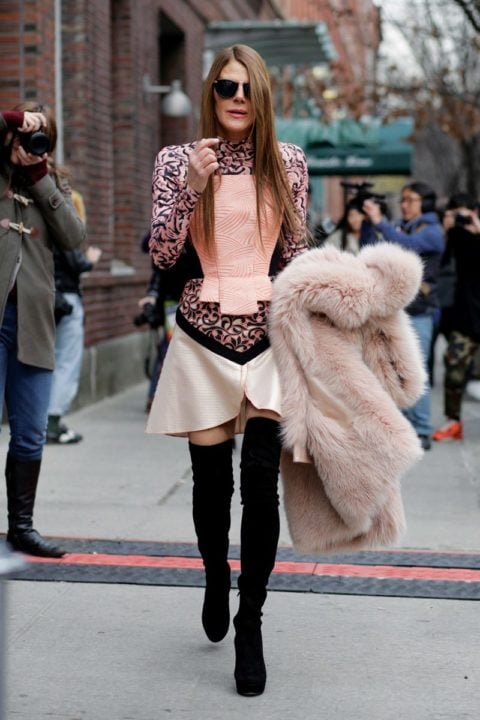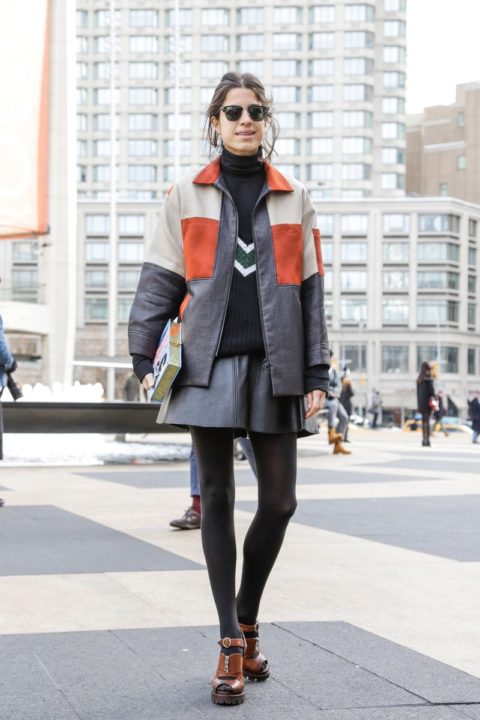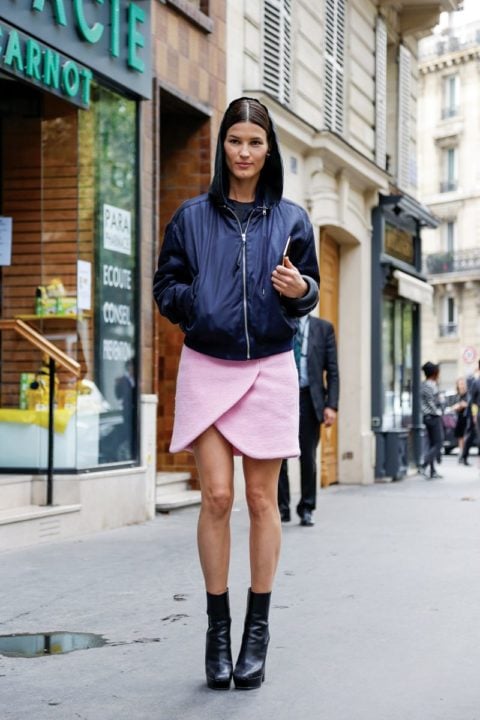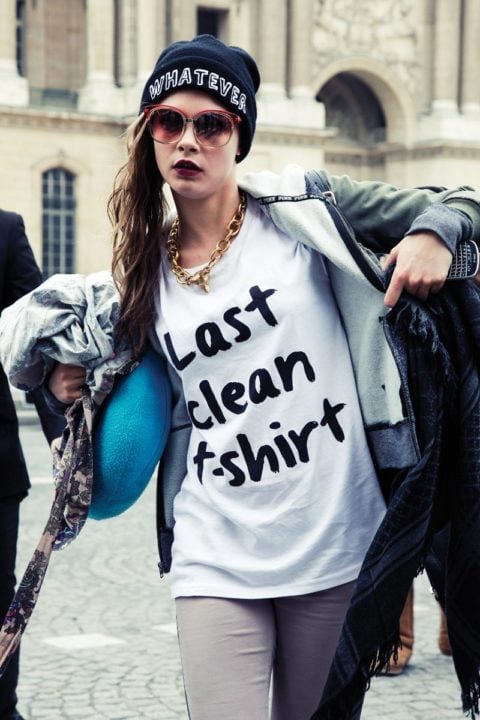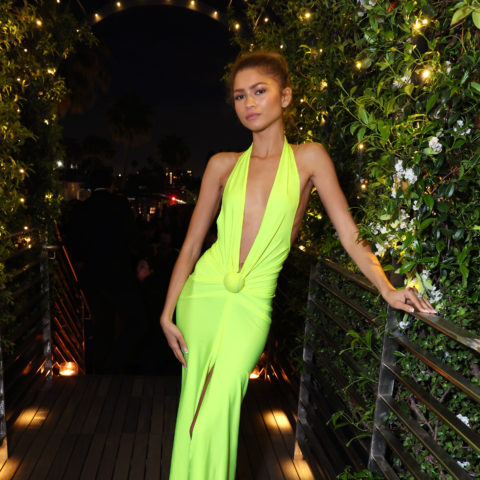Fashion Faceoff: In the battle between street style stars and fashion editors, who really influences today’s trends?


If you type “street style star” into a Google search, it will generate over 671 million results. The pages range from gushy Tumblrs and Pinterest boards to roundups on magazine websites to street-style candids by the photographers who’ve catapulted these hitherto anonymous fashion plates into superstardom. For devout fashion followers, the names Hanneli Mustaparta and Susie Bubble roll off the tongue with the same familiarity as Anna Wintour and Carine Roitfeld. Meanwhile, type “fashion magazine editor” into a search, and you’ll get a paltry by comparison 136 million pages that err on the side of the pedantic “how to become” genre and images of Meryl Streep in The Devil Wears Prada.
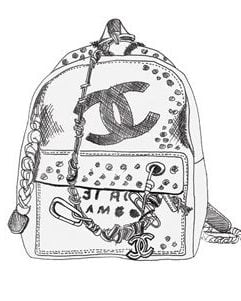
Unlike traditional editors, street-style stars are built for fashion’s new viral landscape: They are typically tall, telegenic and impeccably turned out. And although their personal style verges, more often than not, on the otherworldly (feathered fascinators, jewel-encrusted crop tops), these stars have the power to launch an item into the trend stratosphere with just one photograph. The influence carried by their personal style choices is so strong that one can’t help but wonder if they are the new fashion editors. “Street style stars are absolutely influencing the consumer,” says Barbara Atkin, vice-president of fashion direction at Holt Renfrew. “To the new fashion consumer, this person who’s dressing up every day in the trends is creating the must-have items of the immediate future. She is the new It girl.” And, unlike Audrey Hepburn, Marilyn Monroe or Jane Birkin, today’s It girls don’t have to be seasoned celebrities to achieve icon status. “Today, you can get instant notoriety and stardom just from getting noticed on the street,” says Atkin.

Not surprisingly, fashion brands have started to cash in on street style’s influence by collaborating directly with bloggers. In 2010, Dannijo teamed up with FashionToast’s Rumi Neely (one of the blogosphere’s pioneering personalities) for a limited-edition capsule collection. Last fall, sneaker brand Superga collaborated with Leandra Medine (a.k.a. The Man Repeller), who in 2012 beat out Anna Wintour in Adweek’s “Fashion’s Power 25” list of “people and platforms that truly matter in the world of style.” In 2011, prominent Swedish blogger Elin Kling became the first blogger to collaborate with H&M. The collection was only available in 10 H&M stores in Sweden, but pictures on Kling’s blog show lineups of women a block long eager to get their hands on her signature minimalist/tough aesthetic. “Consumers have more options and more points of view being offered to them now that are just as relevant and authoritative as traditional fashion media,” says street-style photographer Tommy Ton. “The internet is very much an egalitarian and democratizing tool.” In a recent op-ed on BusinessofFashion.com, Renata Certo-Ware of the blog Scorpion Disco insisted: “Bloggers are a crucial part of the fashion ecosystem [with] just as much power (if not more) to generate consumer interest and drive sales as traditional print editors.”
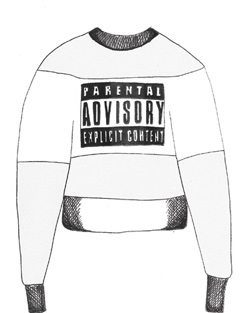
But not everyone is so ready to concede power to what can easily be written off as a social media-hyped subset of fashion wannabes. Steven Kolb, CEO of the Council of Fashion Designers of America, has his reservations: “The danger is not what they do, but what’s the authenticity of what they do? It’s one thing to dress up and look great and pose outside a fashion show, but unless you have the history or really have an understanding of what’s happening in that show, it’s invalid, in my opinion.” The overriding criticism in the evolution of street style is that many of these subjects are overdressing in their efforts to be photographed.
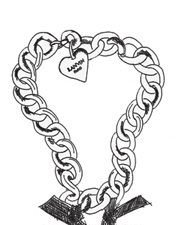
In an editorial on GQ.com, contributing writer Will Welch wrote, “When the street-style trend went nuclear, all the accidental ‘Who, me?’ unselfconsciousness that once made it so fresh was tainted…. These days, the supposed cool kids look like straight-up jackasses.” But one person’s jackass is another person’s billboard. There’s an element of Frankenstein’s monster here when you consider what designers are designing and who they’re really designing for. The splashy, titillating, outré pieces we’re seeing more of on runways seem, suspiciously, to have one main destination: blogs. In other words, blogger bait. Whether or not fashion designers are conscious of it (or willing to admit it), many have taken to creating pieces that are destined to go viral faster than a magazine can schedule a shoot. Take, for example, Alexander Wang’s Spring 2014 Parental Advisory sweatshirt, which was photographed on Rihanna just days after the runway show and sparked copycat versions almost instantly. “Fashion today is very tied to social media and bloggers,” says Atkin. “Social media stars have become brand ambassadors.” Still, she’s quick to add, “They do not replace the magic and beauty of well-photographed editorial pages in a magazine.” Phew!
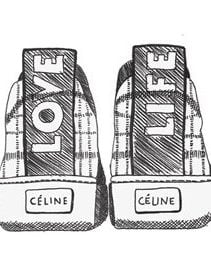
The debate reeks of the olds versus the youngs, and paints a picture of traditional media as the ornery old man telling the street-style star to get off his lawn. But the truth is, the arrival of these new kids on the fashion block represents not new replacing old, but a bit of healthy competition, forcing everyone—from the Anna Wintours to the Anna Dello Russos—to up their game. “With the internet, more importance is given to the quality of the content than where it is published,” says Ton. “If you have a unique and interesting voice that you work diligently for, people will follow you—whether it is on Tumblr or in Vogue.” Like any major turning point in the evolution of an industry, the battle for fashion territory will require equal parts traditional practice and modern perspective. It’s a high-fashion survival of the fittest, except instead of donning drab, dystopian suits, the players are equipped with Kenzo clutches and Céline slip-ons. May the odds be ever in your style.

